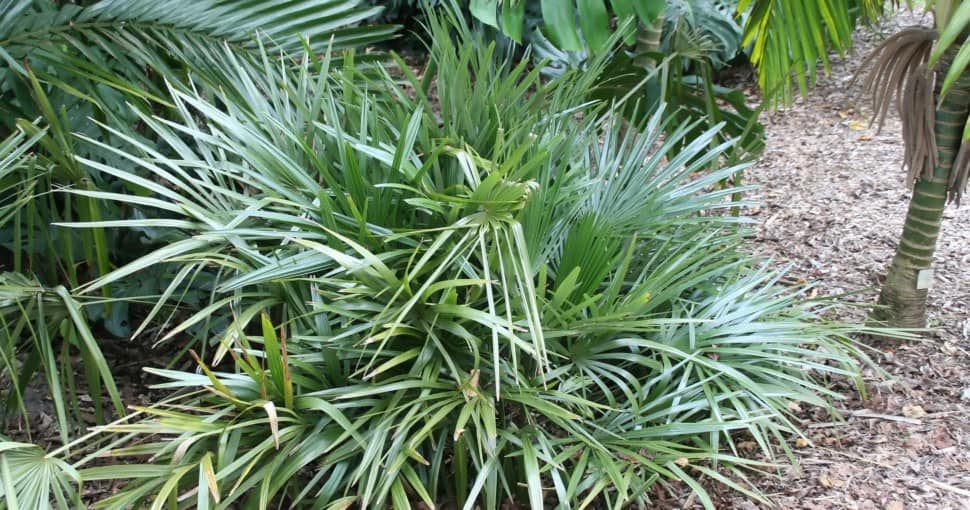While many people think that palm trees can only be found in Florida and Southern California, that is not really the case. In fact, thanks to its unique weather, North Texas is home to a lot of palm trees as well, and it’s easy for people to determine which types of these trees will work best for them.
Contents
Palm trees are often associated with tropical beaches and indeed, the sound that the leaves make when the wind is blowing through them makes being on the beach that much more relaxing.
Palm trees are not only attractive but there are more than 2,500 species of these trees, and they are able to grow in both dry climates and even climates as wet as the rainforests. This means that for people who love palm trees, there are tons of them to choose from.
Palm trees in North Texas are more common than people think, and for people who would like a few different types of them planted in their yard, they’re in luck because a lot of them work extremely well in this part of the state.
People shopping for the perfect palm tree for their North Texas home will be pleased to find out how many of these trees are available, and below are some of the types they may want to look at.
More Texas:
1. European Fan Palm
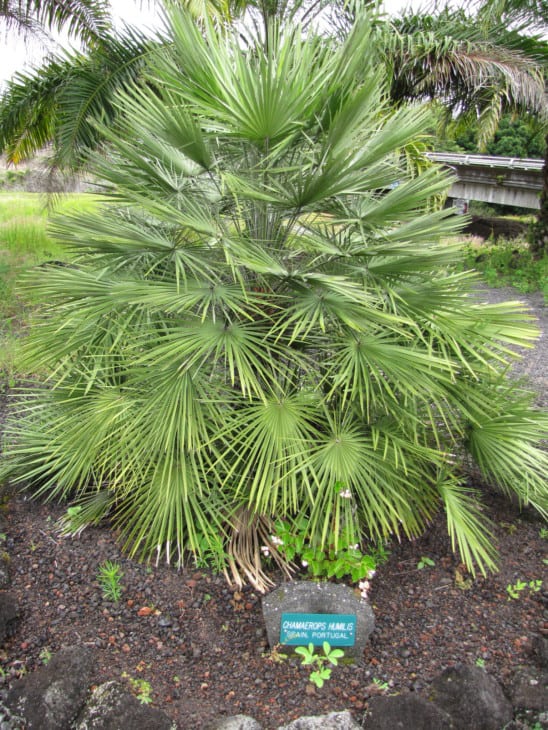
Native to Europe, this type of palm tree grows slowly but can get up to 10 feet tall once it finally matures. For people who love palm trees but who have limited yard space, this is the type of tree they should consider.
The blue-green, fan-shaped leaves on this tree are stunning, and it is such a hardy tree that it can tolerate temperatures as low as 10°F. It is both attractive and not too big, which makes it a great choice for planting next to a patio or deck.
Related: How To Winterize Your Palm Trees
This sturdy tree also grows in clusters, which makes it a very unique-looking tree. It sometimes remains short and looks more like a bush or shrub than a tree, but like other palm trees, it is easy to grow and looks great in yards of all sizes and types.
2. Sago Palm
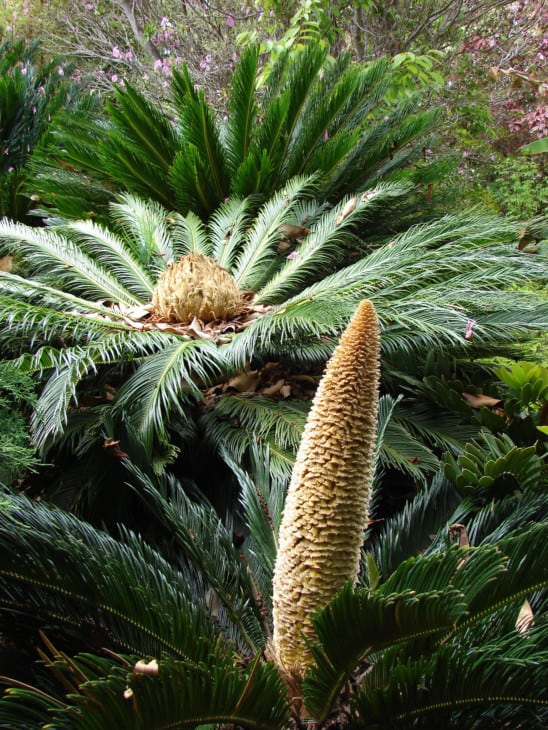
Sago palm trees are so slow at growing that they can still be growing after 100 years. With a round trunk and stiff, feather-like leaves, these trees can get up to 10 feet tall and require regular watering.
When the tree matures, its leaves unfurl and the leaves below it start to drop. When this happens, the owner has to remove the drooping leaves as close to the trunk as possible to help the tree continue as it should.
Although sago palm trees love sunlight, they actually prefer partial shade and therefore, people don’t have to plant the trees in the sunniest part of their yard if they don’t want to. This can be a huge asset to people who prefer low-maintenance trees to those they have to be picky about to get them to grow.
3. Windmill Palm
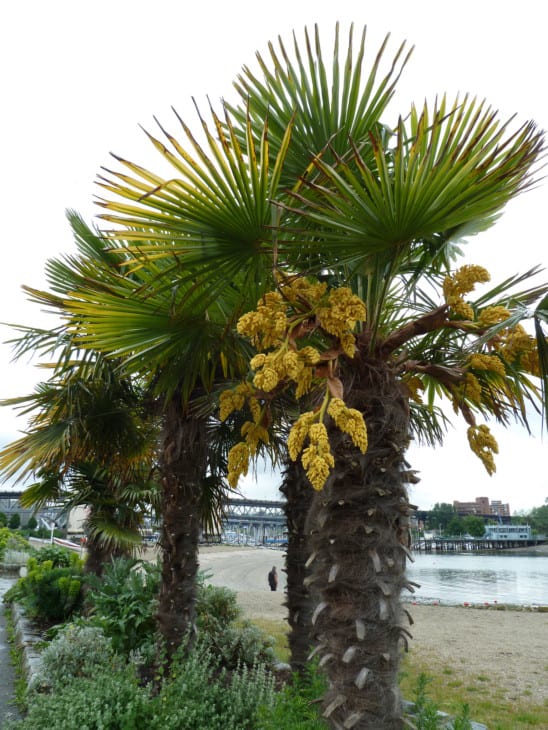
Native to central and eastern China, Windmill palm trees grow as a single trunk and are perfect for the North Texas climate. The trunk is covered with fibers and therefore looks hairy, and they tend to be very popular in nurseries.
The leaves of the Windmill palm tree are dark green in color and palmate, and they have stalks that are lined with tiny teeth. Although they grow slowly, the trees are very hardy in most areas where they’re grown.
The leaves and trunk are both eye-catching, and the main reason the trees are so popular is because they are very strong trees that seem to be able to take whatever is done to them.
4. Needle Palm
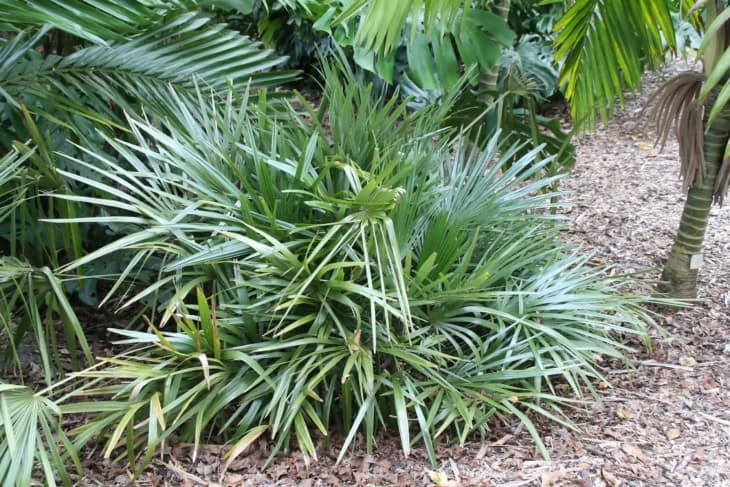
Needle palm trees grow slow but eventually get up to six to eight feet in height. Their leaves contain needle-like projections at the base and are dark green in color. For people who are looking for a very cold-hardy type of palm tree, the Needle palm trees can’t be beat.
In fact, this tree is even able to take temperatures of below 0 degrees, and they can be found from South Carolina to Florida and west of there to the state of Mississippi, among many other locations.
For people who are afraid regular palm trees might not withstand the occasional below-freezing temperatures sometimes experienced in this part of the state, needle palm trees are the perfect solution.
5. Fan Palm
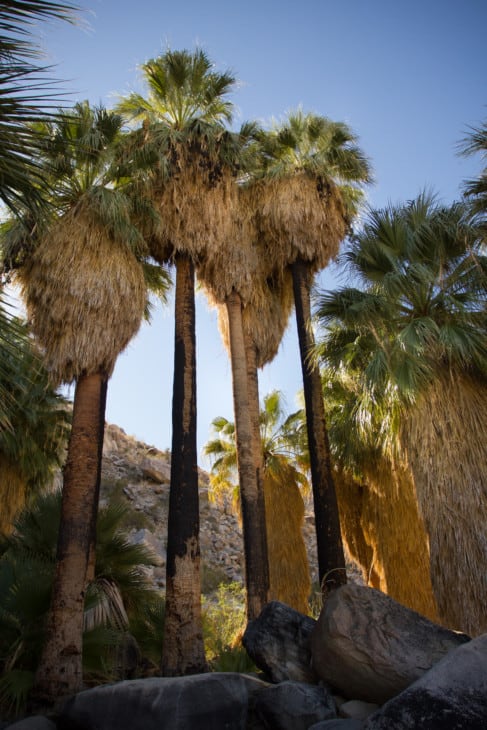
There are two types of fan palm trees – Mexican and California – and they tend to be a little less hardy than other species of palm trees. The California fan tree is sturdier than the Mexican version, and they are able to withstand even single-digit temperatures at times.
This palm tree frequently hybridizes, so it’s difficult to get a “pure” version of either the Mexican or California type. Nevertheless, this is one type of palm tree North Texans can consider for their yard because it works very well there.
Either of these types of fan palm trees should do well in North Texas, especially for people who pay attention to the instructions and offer excellent care of them from the very first day.
6. Texas Sabal Palm
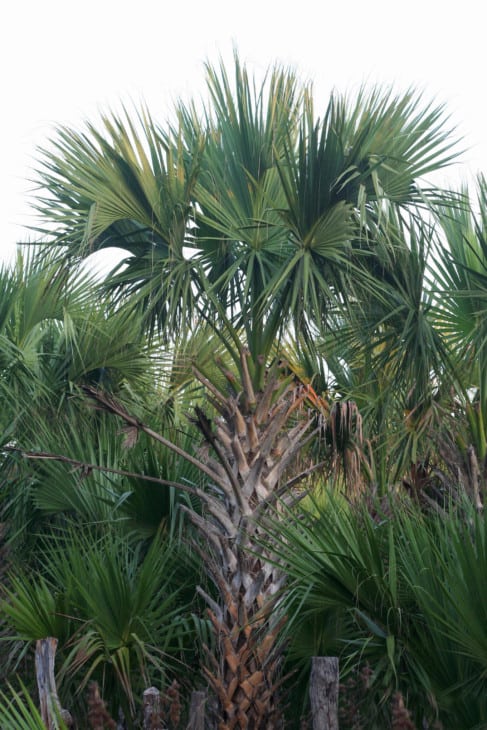
Also called the Oaxaca Palmetto tree, these trees are native to Texas and are very similar to California fan palm trees. A crown of fan-shaped leaves is found at the very top of the trunk, which is quite large and thick.
Although slow-growing, the Texas Sabal palm trees can get up to 50 feet high, which is very impressive. They can sometimes have a criss-cross pattern on the trunk, making their look a very distinct one.
The trees are easy to grow because they can accommodate full or partial sun and they only need a moderate amount of water to survive. They are definitely easy to grow and are very low-maintenance trees.
7. Cabbage Palmetto Palm
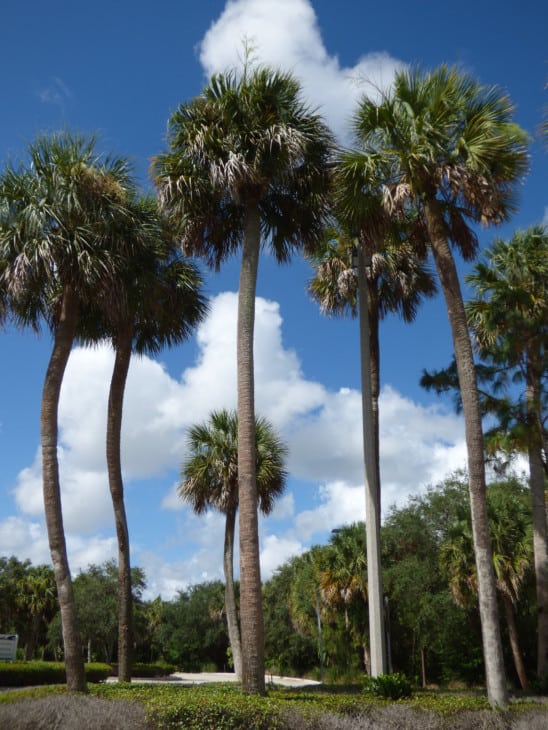
These trees are native from North Dakota to California, so for those looking for the best palm trees in North Texas, this is definitely one to consider. The leaves are similar to the Dwarf Palmetto tree, but the trunk is different because it is larger and much sturdier.
One of the reasons this tree is so unique is that it is very easy to transplant. It is also so sturdy that it can handle temperatures as low as 10°F, making it a very versatile tree regardless of where it is planted.
The Cabbage Palmetto palm tree is a slow grower, but when it does finally mature, it can get very tall.
8. Jelly (Pindo) Palm
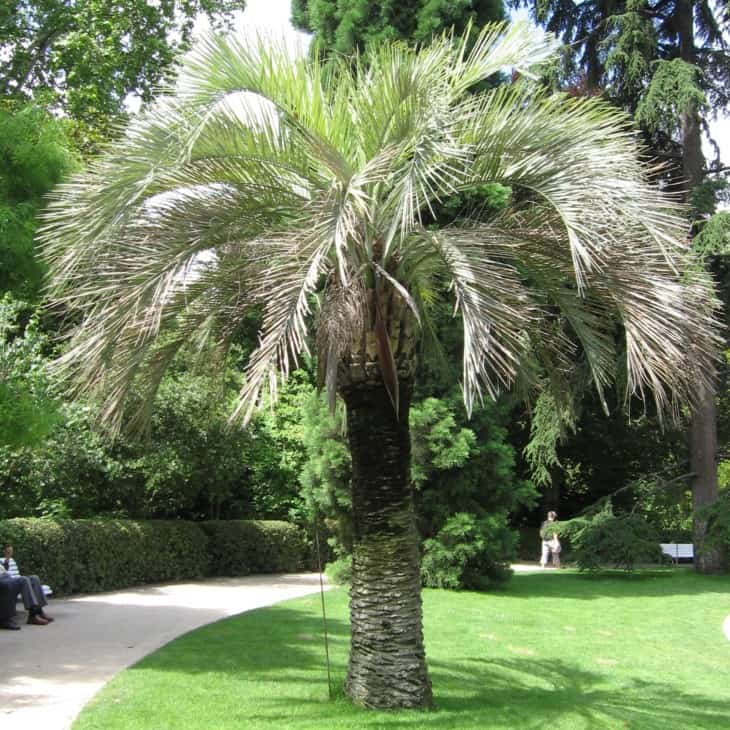
Jelly palm trees can handle temperatures as low as 15 °F (-9 °C), making them very strong, hardy trees. They have thick trunks and curvy leaf stalks that are very long and covered with tiny teeth.
People who plant this type of palm tree should give it plenty of room and not plant it too close to other structures because it tends to get very tall and very wide. The tree is called a jelly palm tree because the leaves are sometimes used to make jelly.
Native to South America, people who are considering planting feather or pinnate-leaved palm trees in North Texas should consider this to be the best one in that category.

